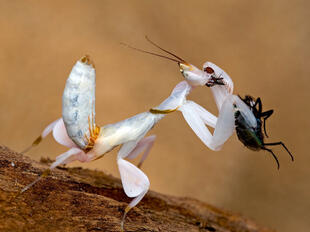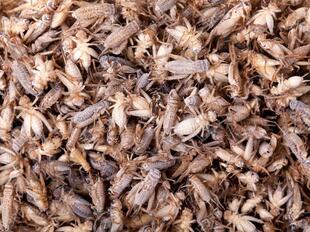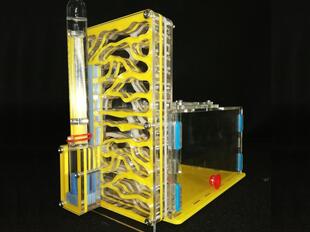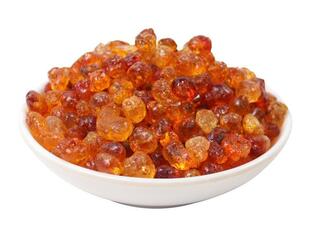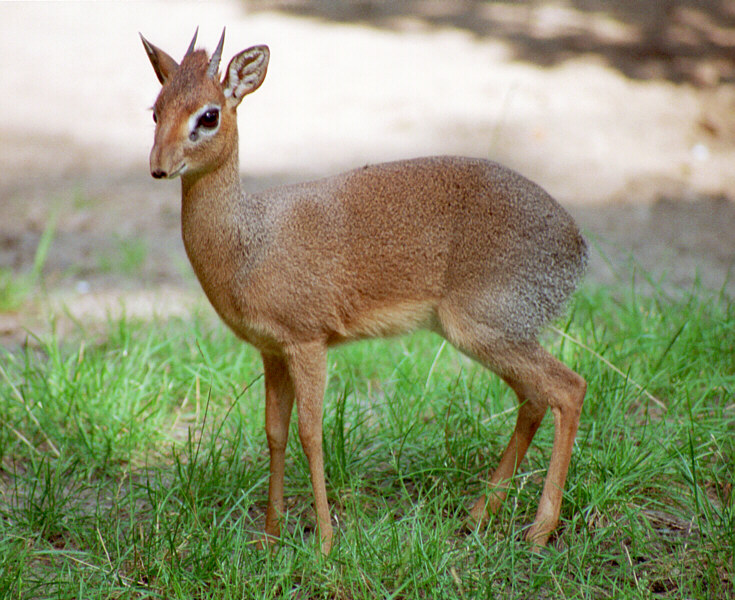
Swayne Dikdik(Madoqua swaynei)
Phylum —chordata
Class — mammalia
Order — artiodactyla
Family — bovidae
Genus – madoqua
Appearance
One of the smallest antelopes in the world. Its body length is 45-80 cm, height at the withers is 30-35 cm. They weigh from 2 to 6 kg. The somewhat elongated muzzle ends in a mobile proboscis, and a sharp tuft of stiff hair. It has huge black eyes and mobile large ears. The limbs are thin. The hind legs are longer than the forelegs.
Only the males have horns, but they are so small that they are almost invisible. Females are noticeably larger than males.
Habitat
It lives in North-East Africa on the Somali Peninsula.
Behavior
Dikdiks usually live in pairs, but sometimes they can be observed in smaller herds. Each couple has its own plot, which is used for several years. The male marks the boundaries of the site with piles of droppings and odorous secretions of the subglacial gland, which he leaves on bushes and stones. The size of such a site can be different, sometimes animals live on a territory of about 50-100 m in diameter, in other cases - up to 500 m. Recreation areas are often located on the periphery of the site.
Dikdikshave food in the morning and at dusk, although they can often be seen during the day. On moonlit nights, they graze until the first signs of dawn. Dikdik's alarm call is a fairly loud whistle. Escaping from the enemy, the antelope makes huge leaps and in the blink of an eye disappears among the trunks of trees, bushes and rocks.
Diet
Dikdiks are exclusively herbivores, they eat vegetation at a height of one meter from the ground.
Reproduction
Dikdiks give birth to cubs after six months of pregnancy, usually at the end of the rainy season. The newborn is hidden, and for a long time the mother visits it only to feed. Dikdik reaches full growth at the age of one year, although it becomes sexually mature much earlier.
In captivity
In captivity, Dikdik lives up to 10 years.
Dikdiks should be kept in a spacious cagewith planted vegetation. One part of the soil is planted with grass, the other is sprinkled with sand. During cold weatherDikdiks are kept in an external enclosure with internal needs.
Dikdiks are fed twice a day so that the animals have an accessto a sufficient amount of food during the day and night. Due to anatomical and biological reasons, Dikdiks need to eat a small amount of food at short intervals. The Hanover zoo offers them the diet consisting of granulated feed, freshly prepared mixed feed and raw food.
 Russian
Russian
 English
English




















